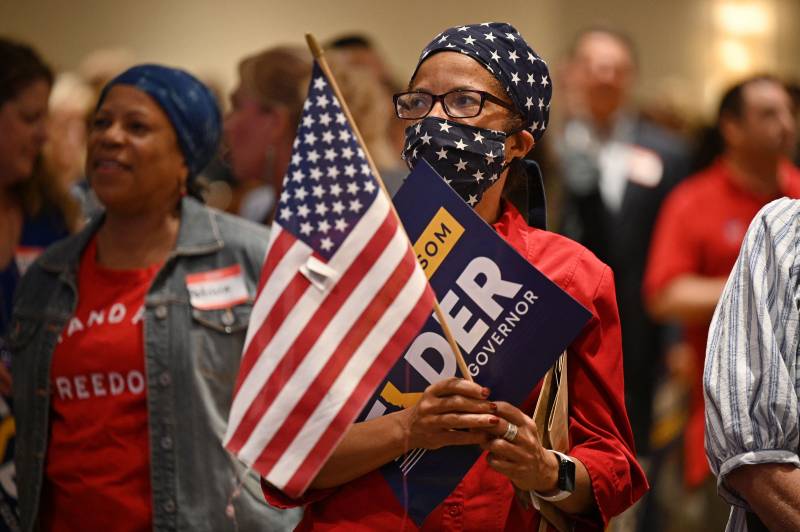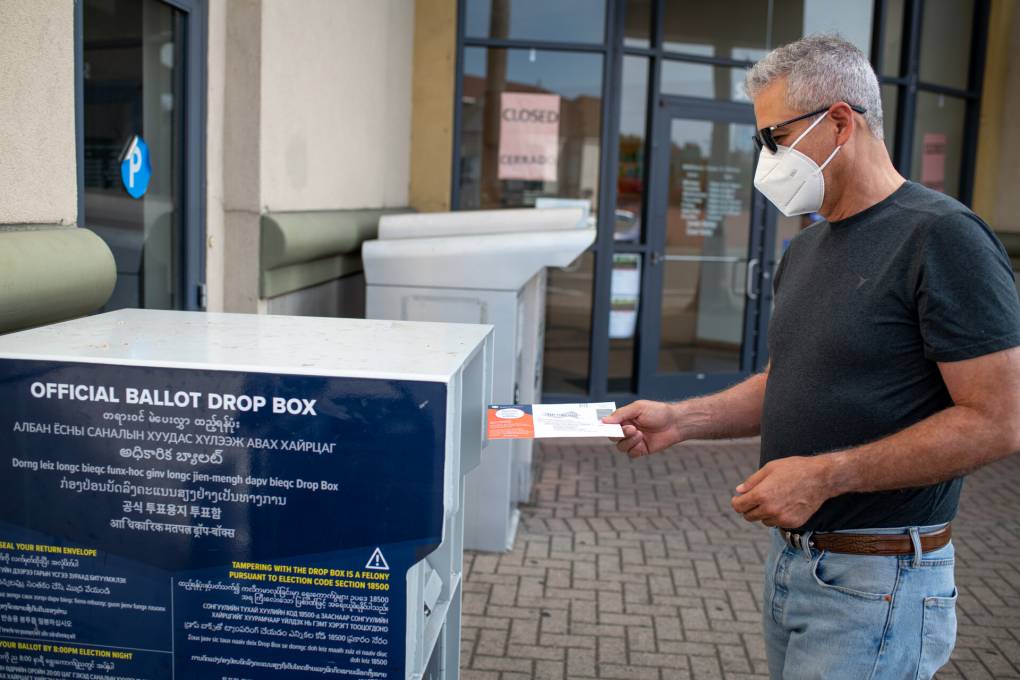Jeffrey Cummins, a professor of political science at California State University, Fresno, said the results reinforce that Newsom’s partisan critics represent “a pretty small share of the population.”
“They are very vocal about that disdain for Sacramento and state government in particular, and the recall just gave them … a national platform to voice their opposition to the direction the state is headed,” he said.
GOP organizers of the recall failed to broaden their appeal and even struggled to turn out Republicans in their core areas. For example, Kern County — most of which is represented in Congress by House Minority Leader Kevin McCarthy — will have less than 50% turnout when all the votes are counted. Statewide turnout is projected at about 55%.
Los Angeles County — with 10 million people, the largest county in the nation — is the state’s Democratic nucleus, where statewide elections can be won or lost depending on turnout. With 3 million Democrats, it accounts for nearly one-third of the party’s statewide total.
“We were in the LA media market more than any other. And that was intentional,” Newsom campaign spokesperson Nathan Click said. It apparently worked — Newsom got nearly 71% support there.
It’s long been true that Democrats tend to dominate in urban areas across the U.S., with Republicans more prevalent in rural and farming areas. But deep, geographic polarization wasn’t always a marker in California politics.


